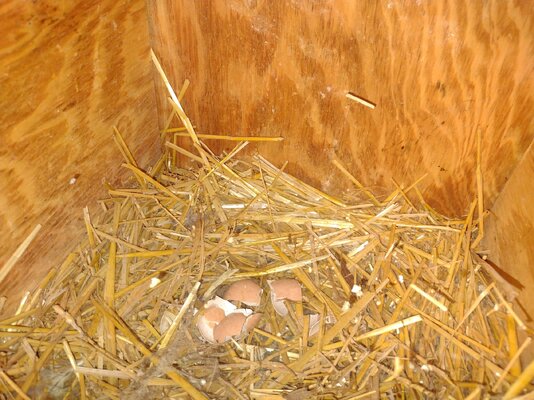- Thread starter
- #41
CityFarmerRob
Songster
- Aug 25, 2023
- 192
- 568
- 111
At this point I'm not excluding anything, even alien intervention. But there is an explanation for everything and I intend to find out this one. And the egg could not have been laid by a hen or moved there by another chicken as this bird is isolated from all others and has been for the last 3 weeks. Like I said in a previous post the only other bird that has a chance of getting in his coop is a sparrow and if a sparrow laid that then like I said I would expect to see exploded Sparrow all over the place. But I do agree there's an explanation for this and whether it is something simple as a mistake by me or if there's something else going on here like a mistake by nature. Either way I do intend to find out. Keep y'all posted, thanks for the feedback.Only 3 options I can think of if there was no human interference.
1. The egg was already there.
2. A hen laid an egg in there or near there and it got moved around.
3. Something took the egg from the hens are to where the rooster is planning to eat it, but for whatever reason didn't and left it behind.






